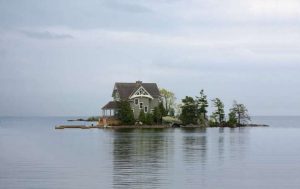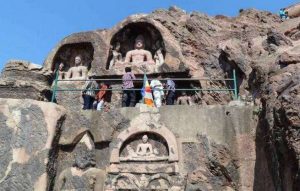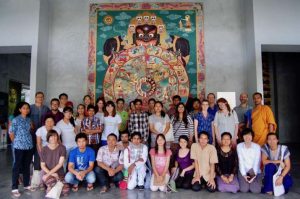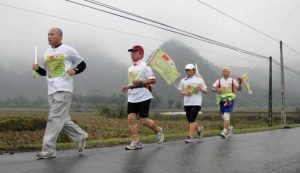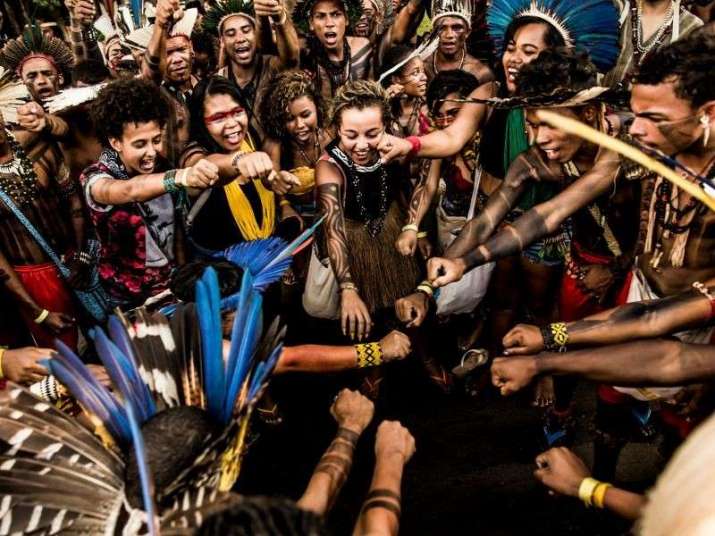
In my recent book, Kindness for All Creatures: Buddhist Advice for Compassionate Animal Care (Shambhala 2019), I highlight the special relationship between people and animals. After all, we human beings are animals too. The interdependence of humans, animals, and the habitats we share form a triad of compassion on this beautiful blue-green planet Earth. This is indisputable. Without engaging in acts of compassion that consider each of these three aspects, we risk losing everything.
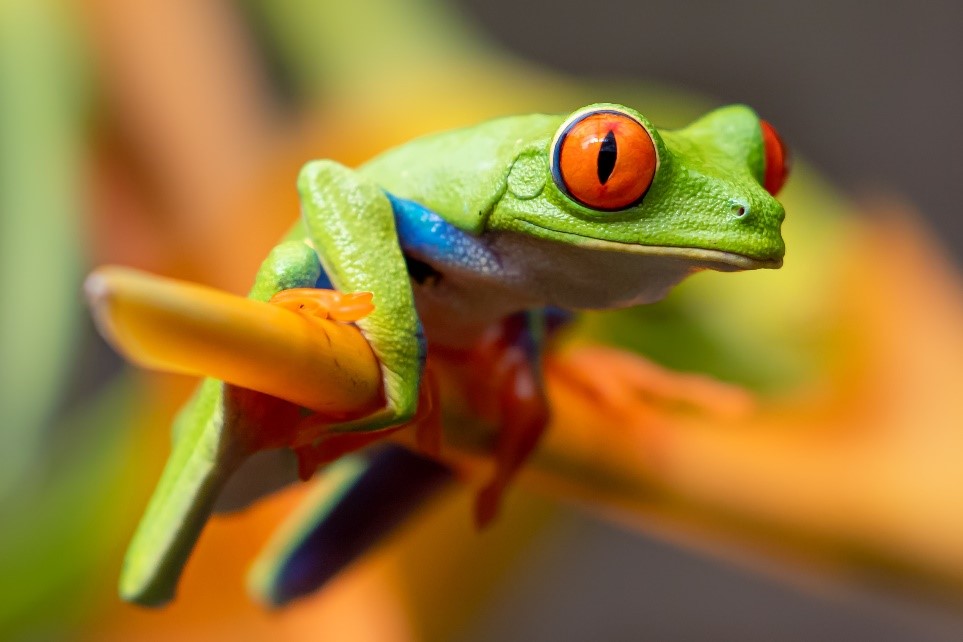
Women, children, and animals are at high risk of violence and socio-environmental injustice. The economically disadvantaged are often literally marginalized—relegated to geographical areas at high risk of floods, fires, famines, and landslides. In other places, their lands are rich in resources and are therefore stolen, plundered, poisoned. For example, in 2016 I helped with logistics for the Standing Rock Sioux Nation’s protests against the oil pipeline slated to be built through their lands, endangering their water supply and impinging on their sovereignty.
Indigenous peoples represent 5 per cent of the global population, yet they protect more than 80 per cent of the world’s biodiversity. Their voices must be at the forefront of the fight to protect forests, water, air, and our Earth against climate change and pollution. From Standing Rock in the Dakotas, to Indonesian lands taken for palm oil production, to Amazonian forests being burned and razed, the few are taking action to protect the many. There are many ironies inherent in this. Indigenous peoples have no choice but to defend their lands for the sake of us all. We are at a crisis point for choosing whether to turn away or turn toward bodhisattva action, however big or small.
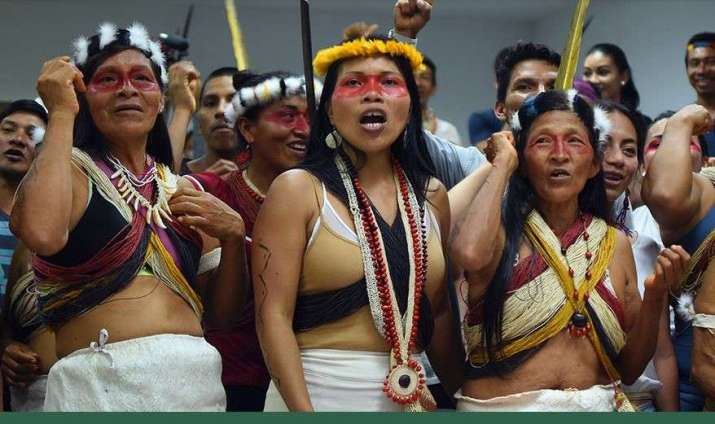
Biodiversity has been shrinking and extinction has been on the rise for decades. Eco-anxiety is a relatively new term coined in 2011, although I just learned it today. The feelings can be crushing, born from the realities behind the term, and the seeming relentless destruction that “progress” has brought with it. Friends, family, colleagues, acquaintances, fellow writers, and environmentalists are among the many people I know who are feeling increasing levels of eco-anxiety, depression, and even panic.
The fires raging in the Amazon are one of a multitude of current crises for the environment and the climate. I read today that the acreage burning now is irreplaceable, even if we tried to replant. As with ice melting in the Arctic, these fires bring irreversible damage to our planet. This causes many reactions including panic, anxiety, depression, rage, fear, sadness, and for some, a sense of helplessness. Yet there are also warriors rising up all around us—the most obvious to me at this moment are the indigenous peoples of the Amazon. Especially important are the women who are taking to the streets to protest and raise awareness of even their very existence. They embody true resistance. Women and children have been at the forefront of the protests of the pipeline construction in the Dakotas and elsewhere.
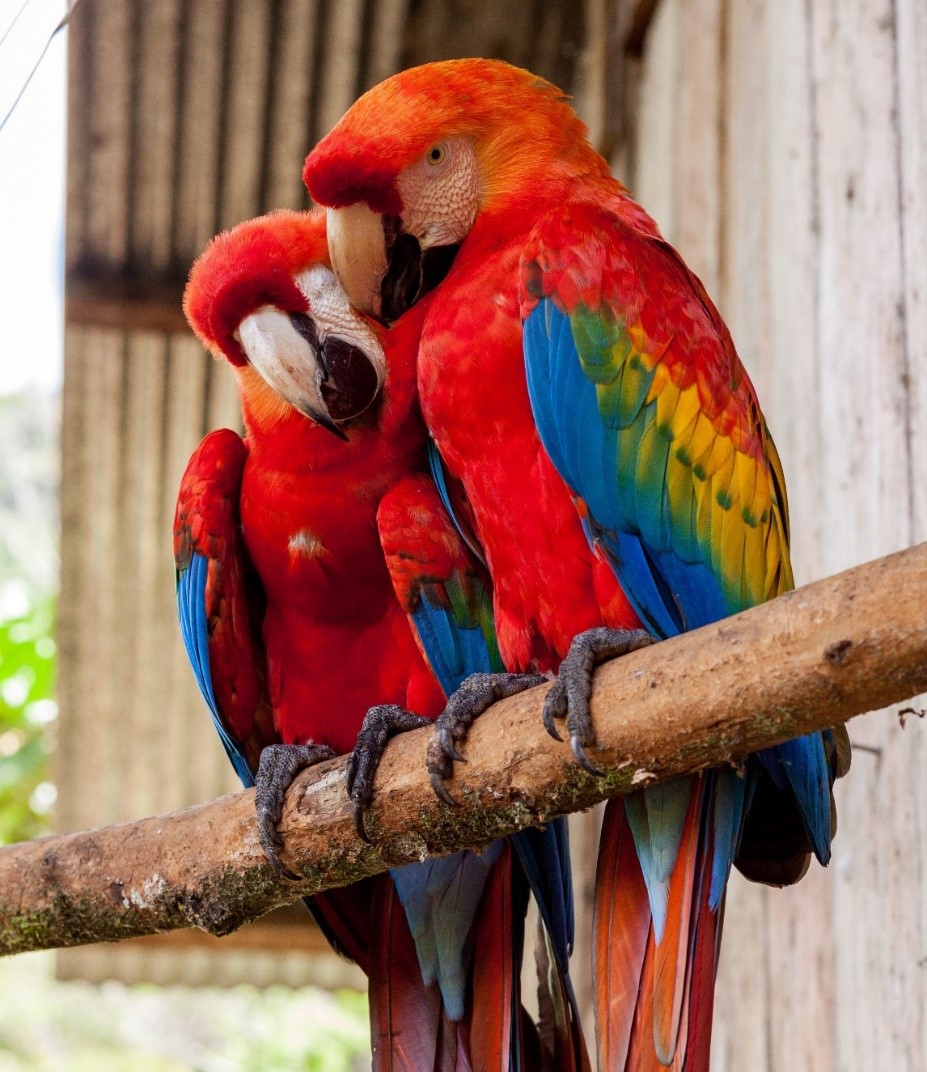
Teenage activist Greta Thunberg has been leading groups of schoolchildren across Europe and the world to approach these crises from another angle. She has been crossing the ocean by sailboat to avoid using fossil fuels, dedicating her life now to educating and inspiring, motivating and activating others, especially school-age children, to strike, to wake up the adults who can effect change in government and policy. She knows and shares with others that we cannot lose more habitat, for all is connected in this triad of interdependence.
Indigenous peoples are not vulnerable per se—they are targeted. In fact, they are incredibly resilient, except in cases where suddenly introduced diseases have devastated their populations in remote areas of the world. They know intuitively the deep meaning underlying scientific facts such as, “The Amazon Rainforest is home to 427 mammal species, 1,300 bird species, 378 species of reptiles, and more than 400 species of amphibians. Some of the animals that live in the Amazon Rainforest include jaguars, sloths, river dolphins, macaws, anacondas, glass frogs, and poison dart frogs. One in 10 known species in the world lives in the Amazon Rainforest as do one in five known bird species.” (World Atlas)
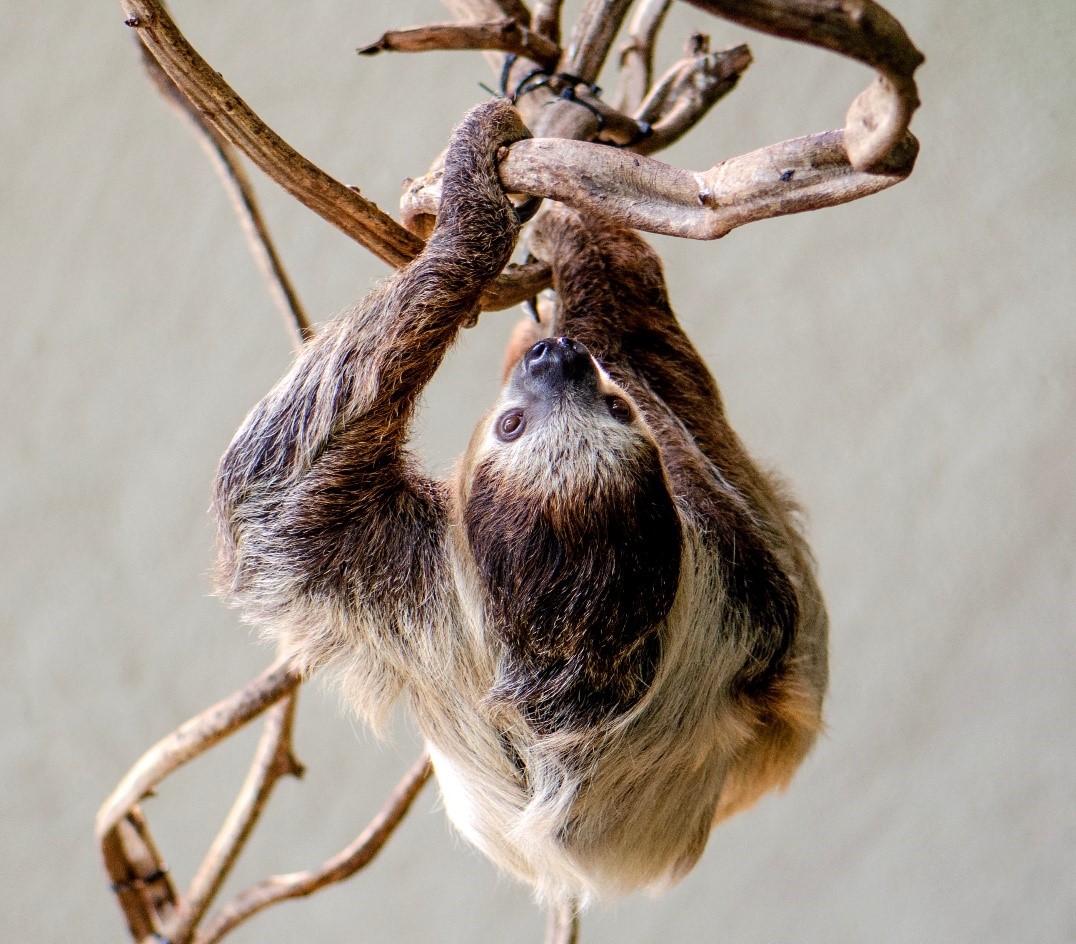
“It is believed around one million indigenous people from up to 500 tribes live within the Amazon.” (news.com.au)
“Indigenous rights are guaranteed by the United Nations Declaration on the Rights of Indigenous Peoples, which states that indigenous groups have the right ‘not to be subjected to forced assimilation or destruction of their culture’ or be imperiled by ‘any action which has the aim or effect of dispossessing them of their lands, territories or resources.’” (Pacific Standard) This, however, is completely disregarded in cases where greed and corporations plow under whatever they wish for short-term gain.
In many cases, it is women who lead the way in the movement to preserve habitate, wildlife, and human rights and lives. Yet it is no coincidence that women are such fierce defenders of life and land.
“On 13 August, more than 2,000 indigenous women leaders from across Brazil staged a mobilization in the nation’s capital as part of the country’s first Indigenous Women’s March. Titled ‘Territory: Our Body, Our Spirit,’ this historic gathering responds to escalating violations of indigenous rights under the Bolsonaro government, as native peoples and their lands fall increasingly under assault.” (Amazon Watch)
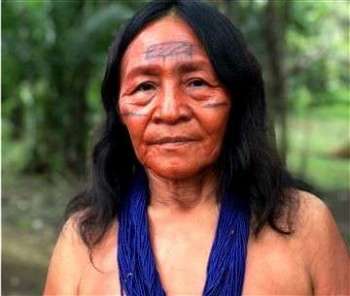
May these brave, wise women and children lead the way for all people to realize what needs to be done, and overcome the intense greed and shortsightedness of the corporate mentality that is quite literally bringing destruction to our planet and all her inhabitants.
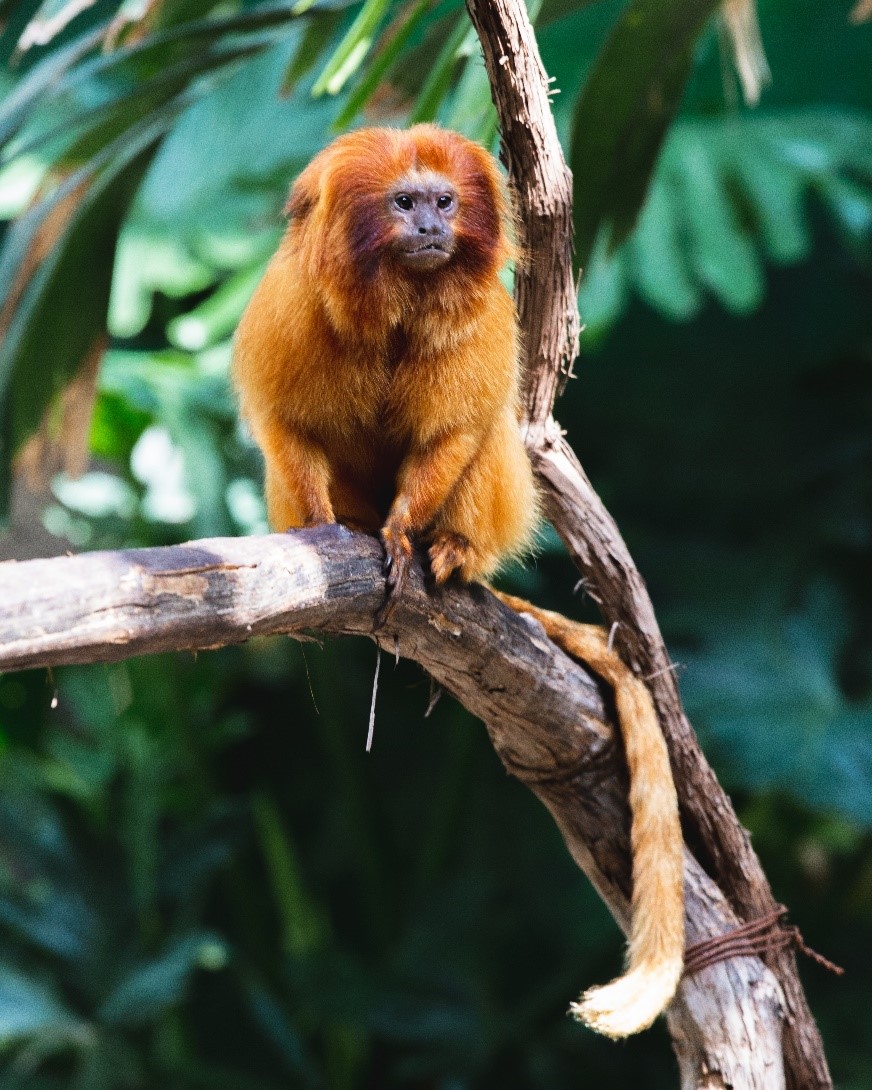
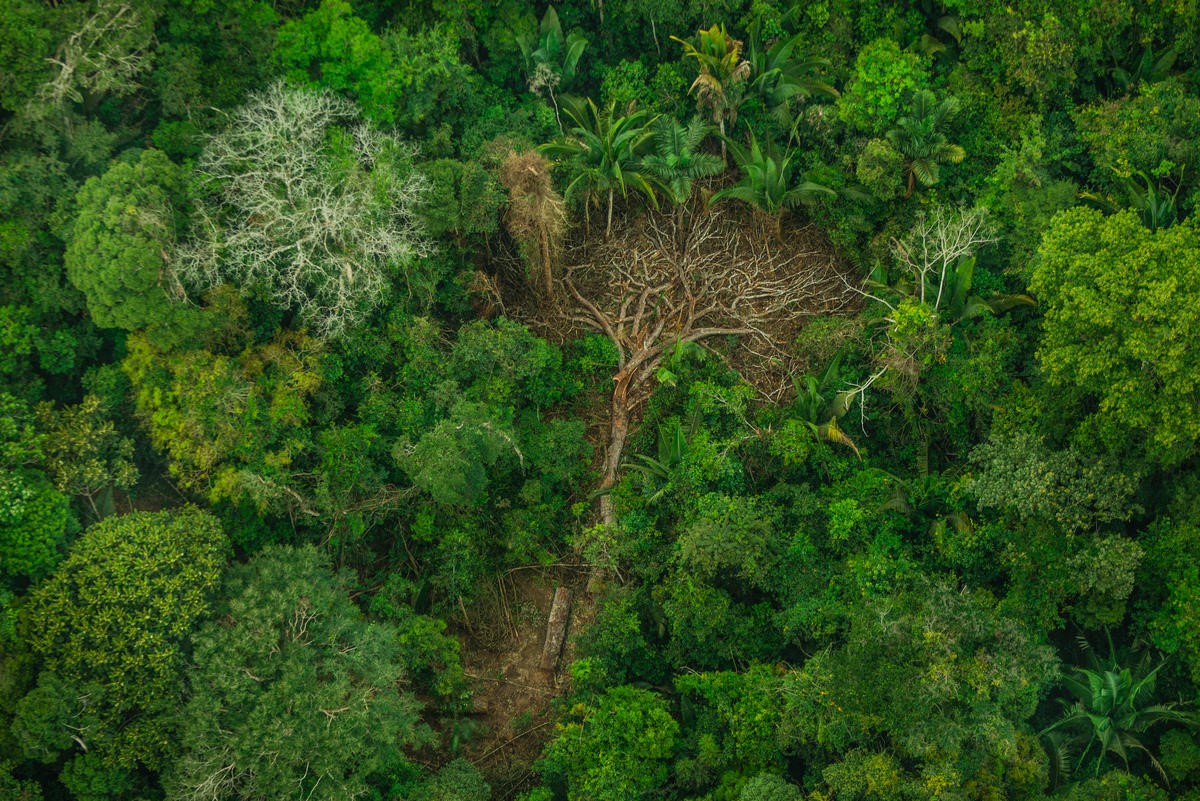
See more
Thousands of Brazilian Indigenous Women Protest Bolsonaro’s ‘Genocidal Policies’ (The Globe Post)
What Animals Live in The Amazon Rainforest? (World Atlas)
One million indigenous people at risk from thousands of rainforest fires (news.com.au)
‘We are resisting to exist’: indigenous women in Brazil are fighting for their rights and their lives (Pacific Standard)
Indigenous Women Mobilize to Resist Bolsonaro in Major Brasilia Protests (Amazon Watch)
The killing of an indigenous leader in Brazil is part of a global trend of attacks on environmentalists (Pacific Standard)
The Amazon’s best hope? A female indigenous chief is on a mission to save Brazil’s forests (NBC News)
These Indigenous Women Are Leading the Fight to Save the Planet (Global Citizen)
Indigenous Environmental Network







